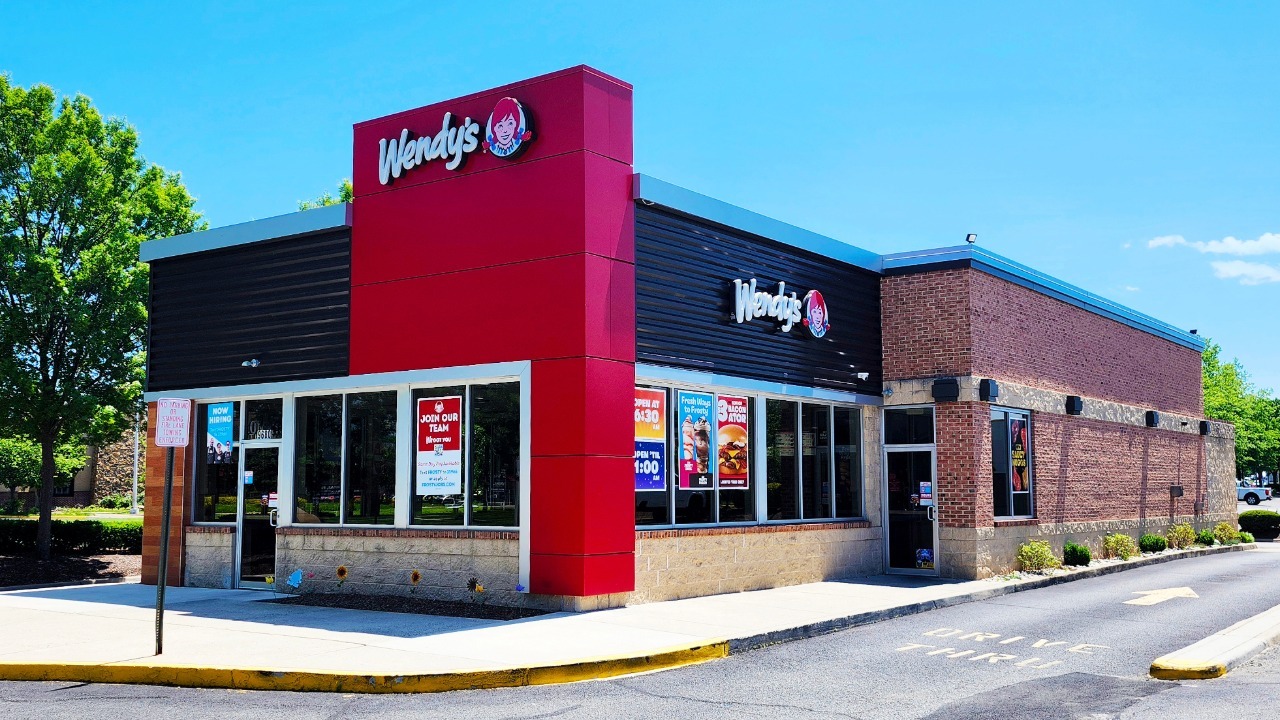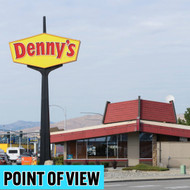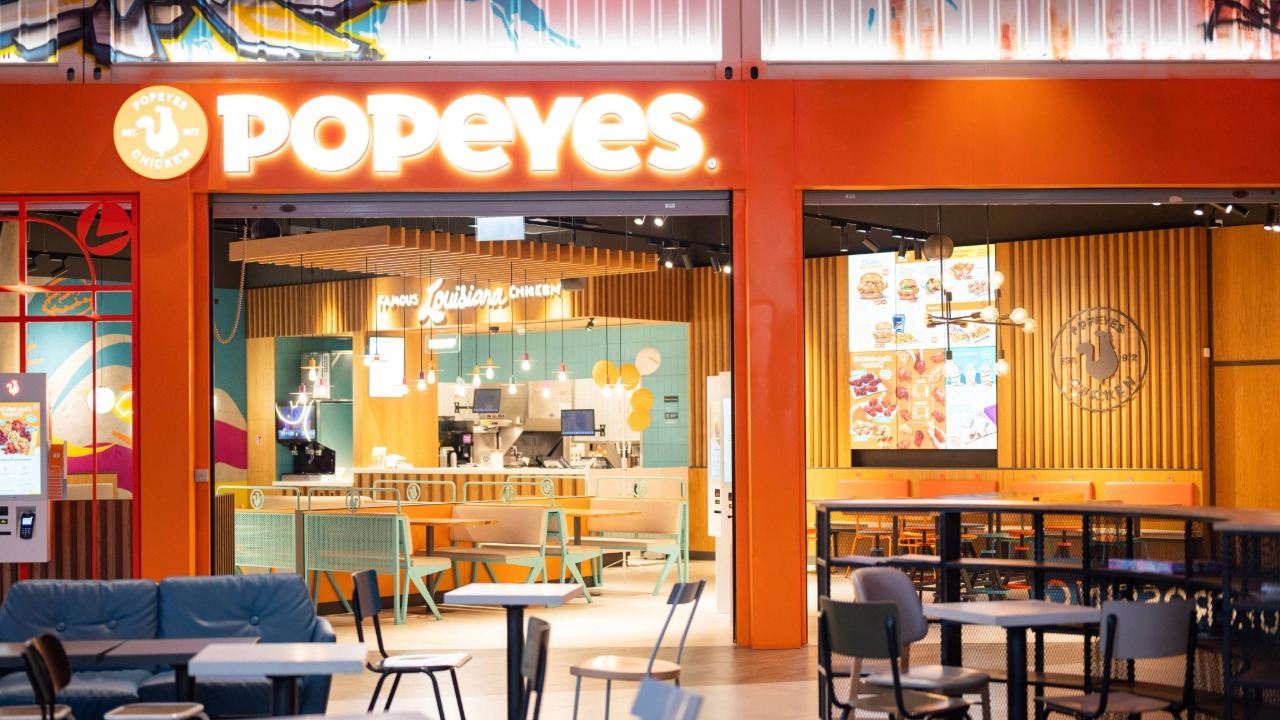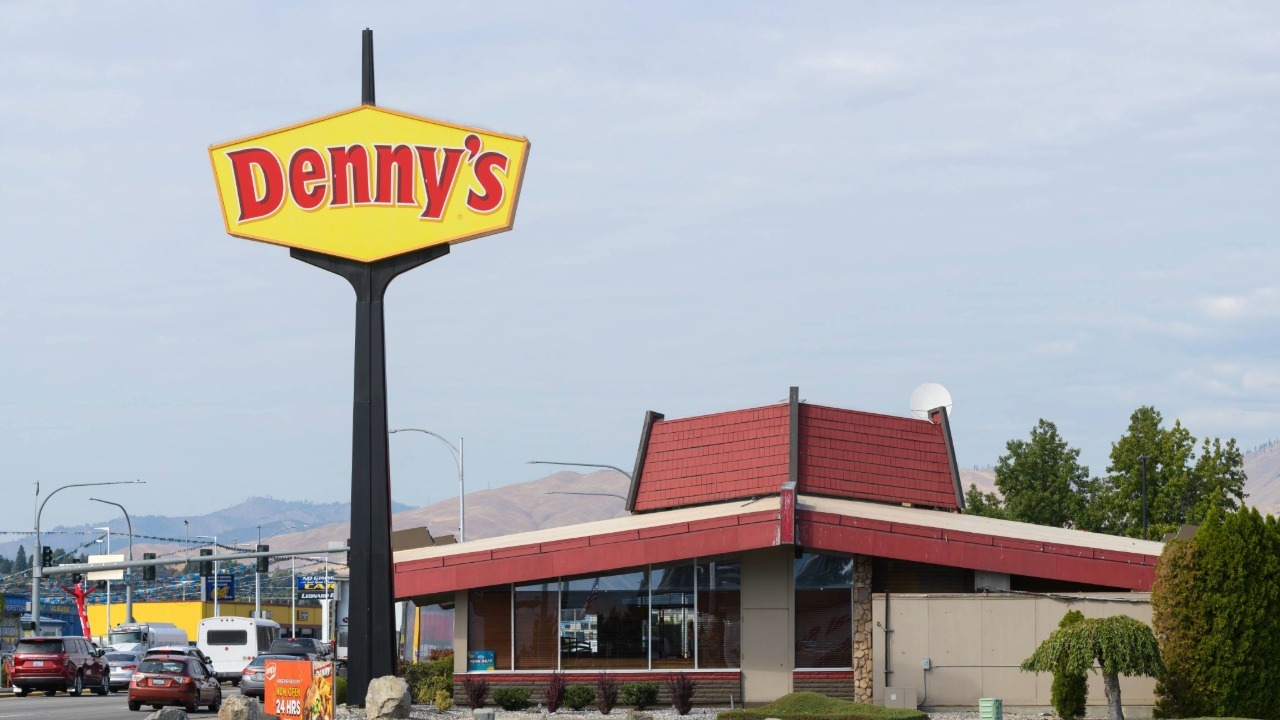The Great British Takeover: How American Chains Are Eating Our Lunch
Posted by Stelios on 5th Oct 2025 Reading Time:
When KFC first opened its doors in Preston back in 1965, no one could have imagined that this little shop on Fishergate High Street would spark a revolution. Fast forward nearly six decades, and the golden glow of American fast food signs lights up almost every British high street. But here’s the real surprise — the boom isn’t slowing down. It’s accelerating.
Over the next few years, more than 1,100 new US fast food outlets are expected to open across the UK. That’s on top of the hundreds already promised by McDonald’s, KFC and the rest of the usual suspects. We’re not just talking about familiar favourites either. Chick-fil-A, Wendy’s, Denny’s, and even Chuck E Cheese — yes, the one with the animatronic mouse — are all joining the queue for a slice of Britain’s appetite.
Denny’s, the American breakfast icon, even gave its “Grand Slam” a British twist — grilled tomatoes, mushrooms and toast replacing pancakes. It’s funny to think that something so quintessentially American has now been “translated” for us. The symbolism isn’t lost on me — we’ve not only welcomed the brands, we’ve adapted them into our daily lives.
Brand Hype in the Digital Age
One brand I can’t ignore is Popeyes. The Louisiana fried chicken giant only opened its first UK branch in 2021 — but it’s already everywhere. From Plymouth to Aberdeen, queues have wrapped around shopping centres for a taste of their buttermilk biscuit or chicken sandwich. People even camped overnight in Edinburgh just to be among the first to grab a free sandwich. Imagine that — queuing for fried chicken in the cold Scottish air.
But here’s what fascinates me: Popeyes didn’t have to build a brand from scratch. Thanks to pop culture, we already knew it. From Beyoncé’s wedding menu to name-drops in Drake and Kanye lyrics, Popeyes had been part of our entertainment diet long before it hit our plates.
Tom Crowley, Popeyes UK’s CEO, summed it up neatly: “Customers are savvy, and in a digital age, brand-hype can transcend geographic markets very quickly.”
He’s right. We live in an era where a TikTok video can sell out a product overnight, and a clever tweet can turn a brand into a household name. Wendy’s, for instance, has mastered the art of “sass-mouthing” — roasting competitors and customers alike with tongue-in-cheek humour that’s gone viral worldwide. So, by the time Wendy’s returned to the UK in 2021 after a 20-year absence, young Brits already knew its personality. The brand wasn’t new — it was a meme made real.
Why the UK Is a Magnet for American Chains
There’s another, more practical reason for this invasion: space. Since 2012, the number of British restaurants, pubs, and bars has fallen by over 20%. That’s thousands of empty kitchens and prime retail units sitting idle — perfect for deep-pocketed American investors.
As James Hacon from Think Hospitality puts it, investors “favour proven concepts over risky start-ups.” And what’s more proven than a brand that’s already conquered America? Add to that our familiarity with American culture — from Netflix series to Hollywood blockbusters — and you’ve got a ready-made audience.
The UK has always been the first stop on the road to global expansion. We speak the same language (mostly), love the same films, and share the same love for convenience. The only difference is our waistlines — for now.
The Pandemic’s Lasting Impact on How We Eat
The pandemic turbocharged our hunger for convenience. When dining out wasn’t an option, Deliveroo and Uber Eats became the norm. We got used to the ease of tapping an app and having dinner appear at the door. And that habit stuck.
According to Dr Sabina Crowe, an economist at Northeastern University, “People just got used to having this convenience.” The rise of dark kitchens — hidden, delivery-only operations — has made it even easier for brands like Five Guys and Popeyes to test new markets with minimal risk.
At the same time, the cost-of-living crisis pushed many away from restaurants with service charges and toward cheaper comfort food. £6.99 for a chicken sandwich feels like a small luxury when your weekly shop costs £20 more than last month.
A Growing Market with Growing Risks
The UK’s fast food and takeaway market is now worth £22 billion — and still growing. Yet behind the glossy expansion stories lies an uncomfortable truth: these calorie-dense, nutrient-light meals are reshaping our national diet.
Health officials have already warned about the impact on children, with some councils trying (and often failing) to restrict new takeaways near schools. One KFC reportedly managed to overturn 24 separate local planning restrictions to open more outlets.
Katharine Jenner of the Obesity Health Alliance said it best: “When every part of a child’s day is dominated by cheap, unhealthy food, it inevitably impacts their health.”
And she’s right. The problem isn’t the occasional burger or fried chicken — it’s when that becomes everyday fuel. Once eating habits set in, they’re hard to break. We may not like to admit it, but convenience is addictive.
Final Thoughts: Britain’s Taste for the American Dream
Maybe this is the modern version of the “special relationship” — not about politics or military alliances, but about food. We crave the boldness, the branding, the excess. We want flavour, fun, and familiarity, all wrapped in orange packaging and sold with a smile.
But I can’t help wondering if there’s a price to pay. As British independents struggle, and as waistlines expand, are we swapping local flavour for global sameness?
Because once you’ve queued overnight for a sandwich, it’s not just fast food anymore — it’s culture.





